Wines to Drink for The Fall

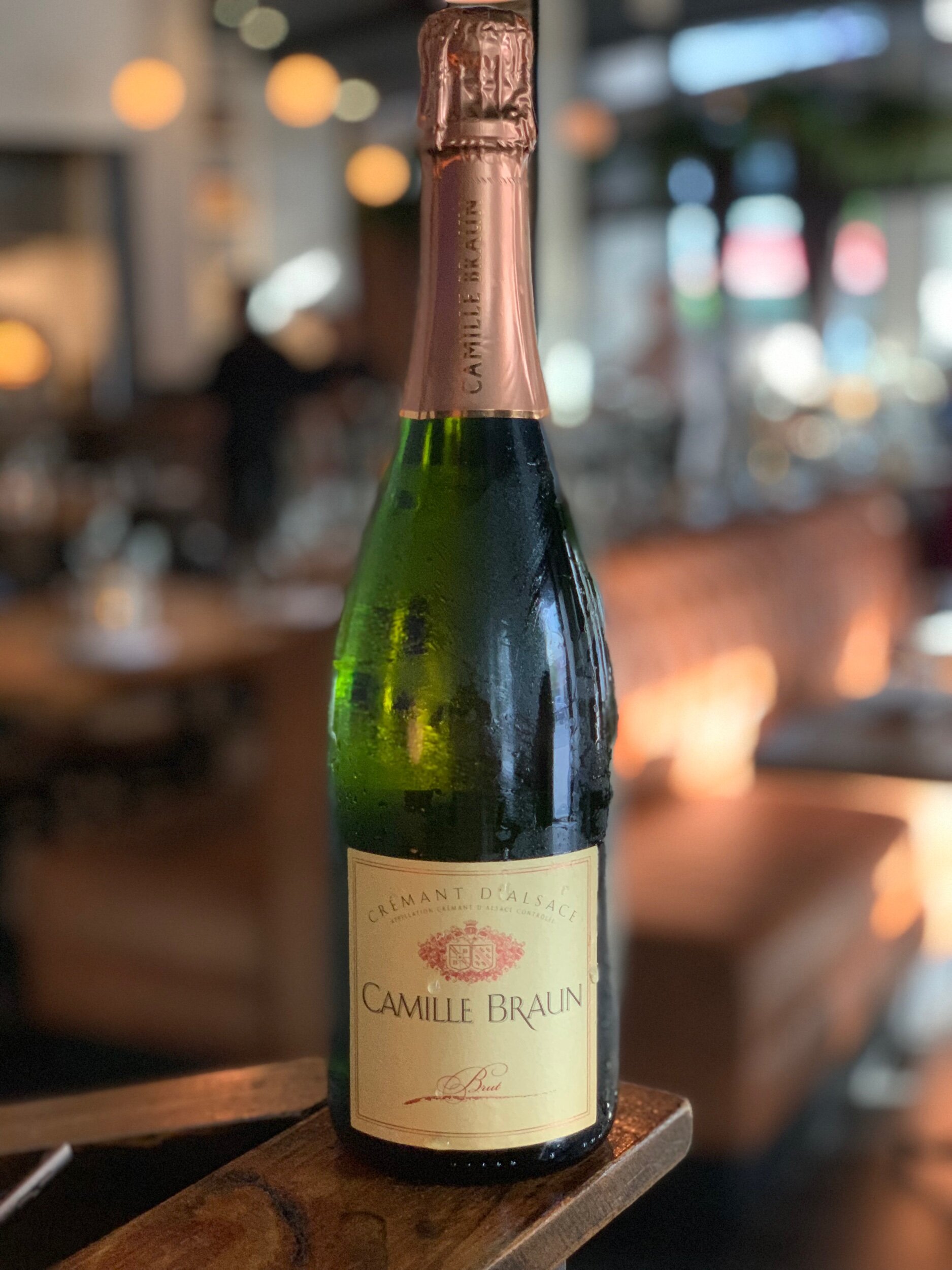

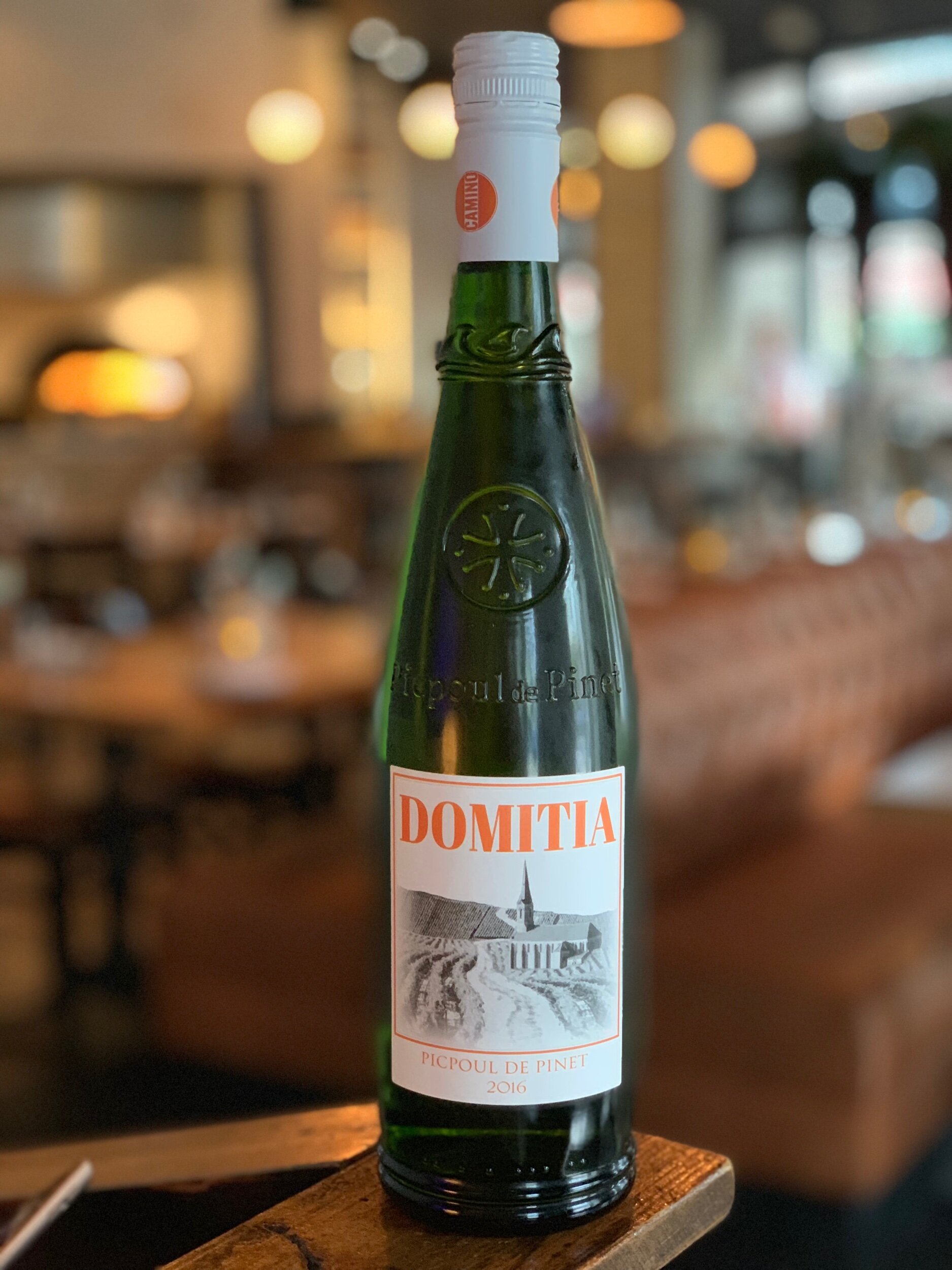
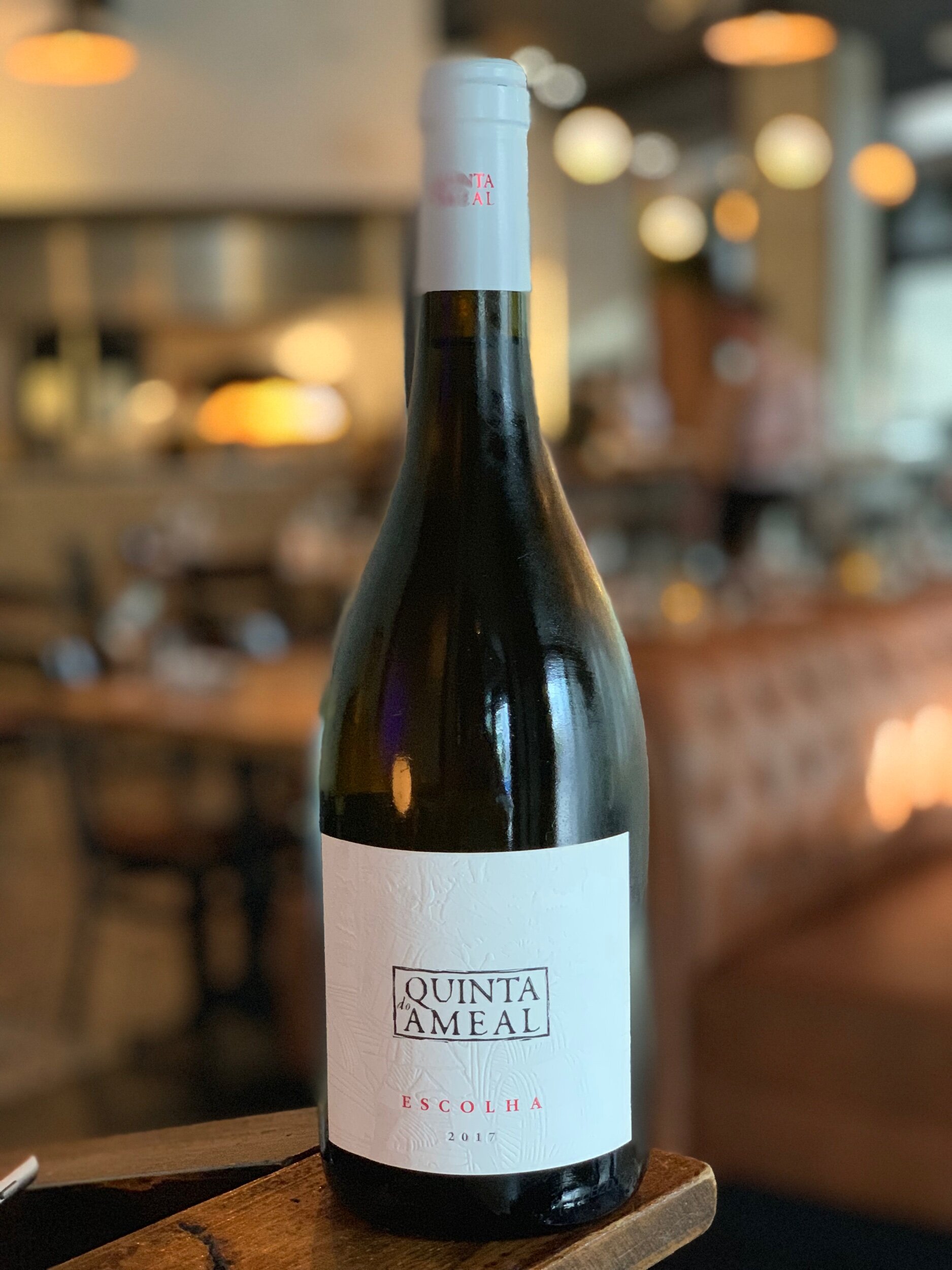
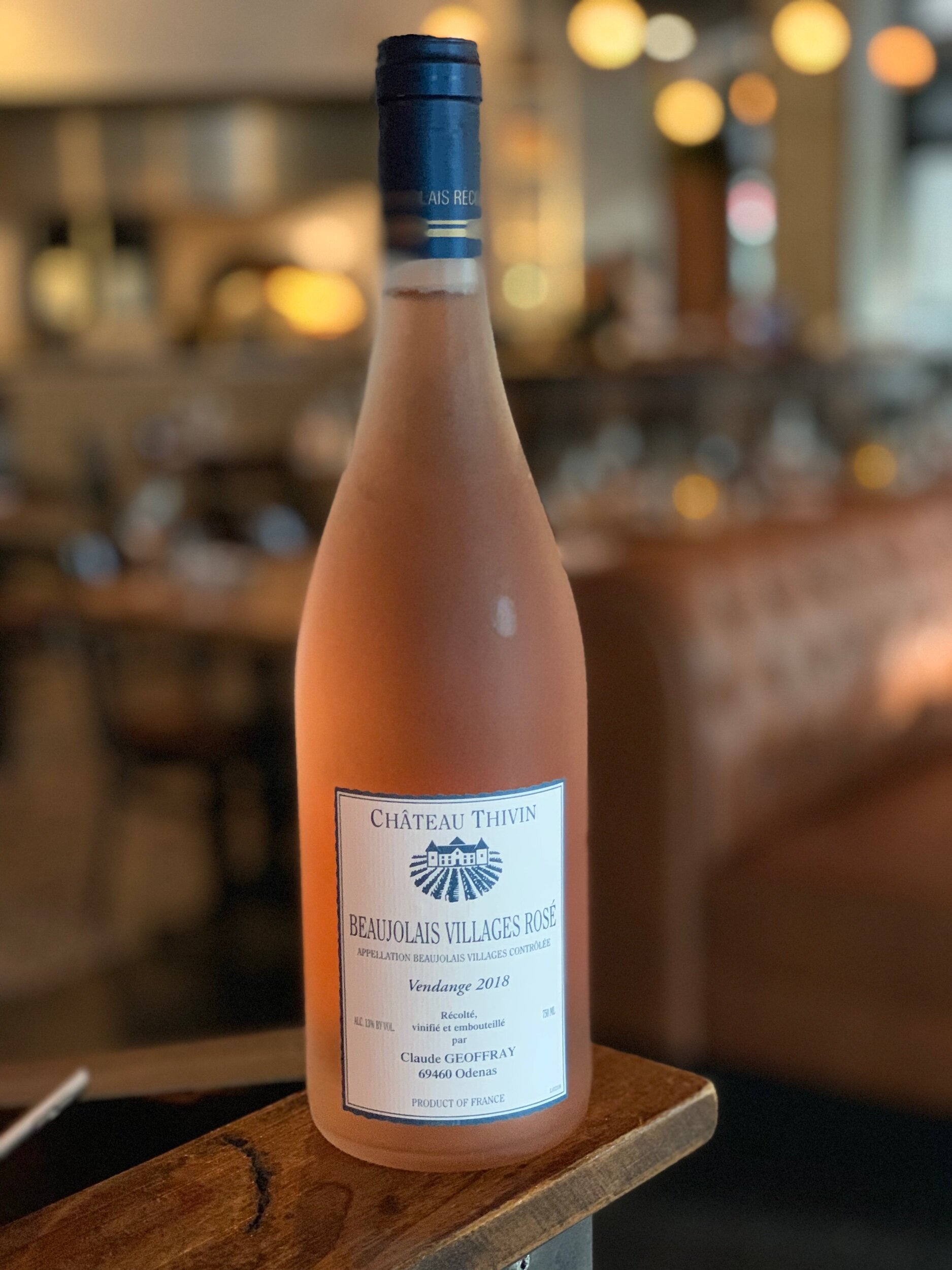

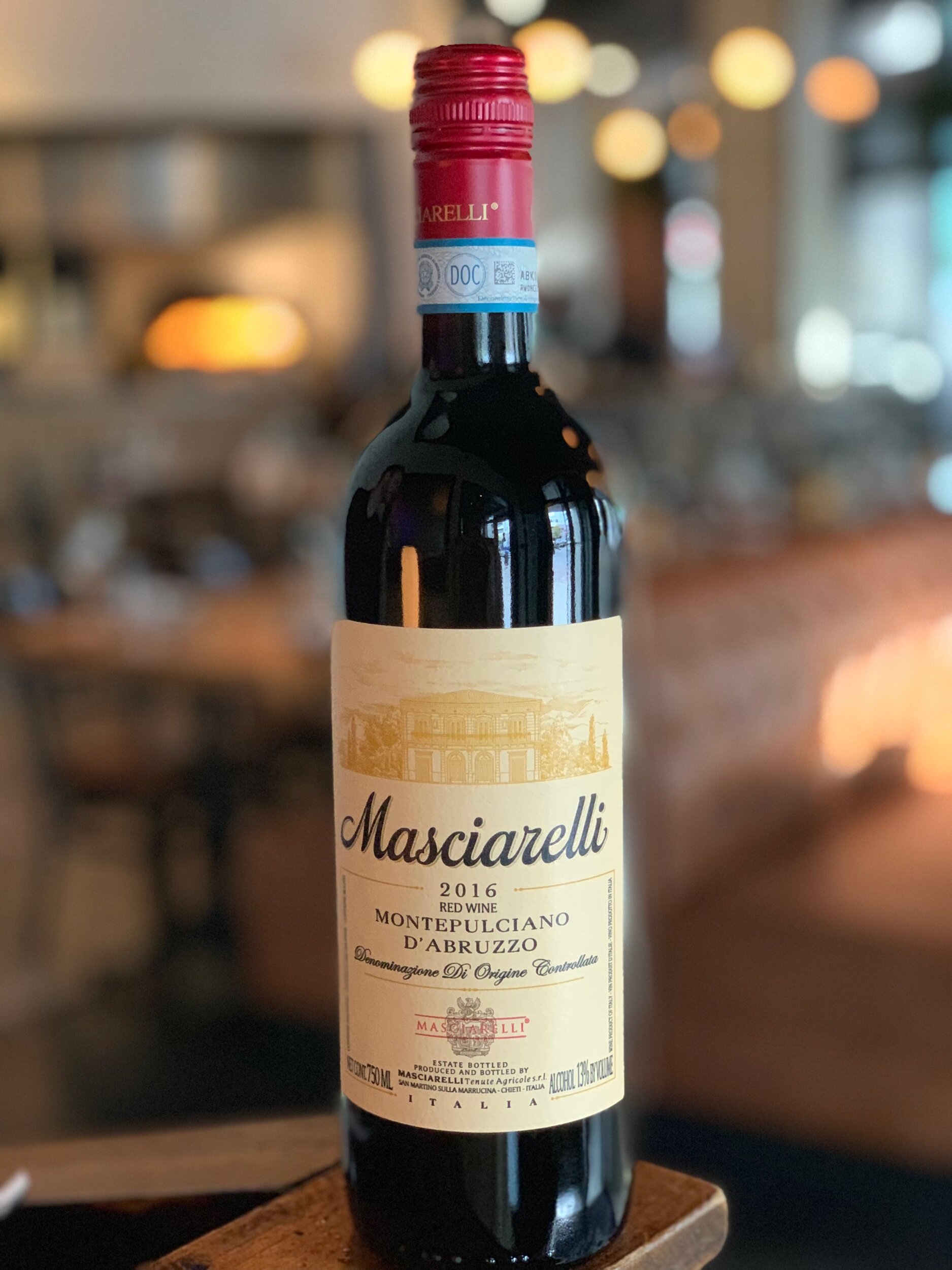

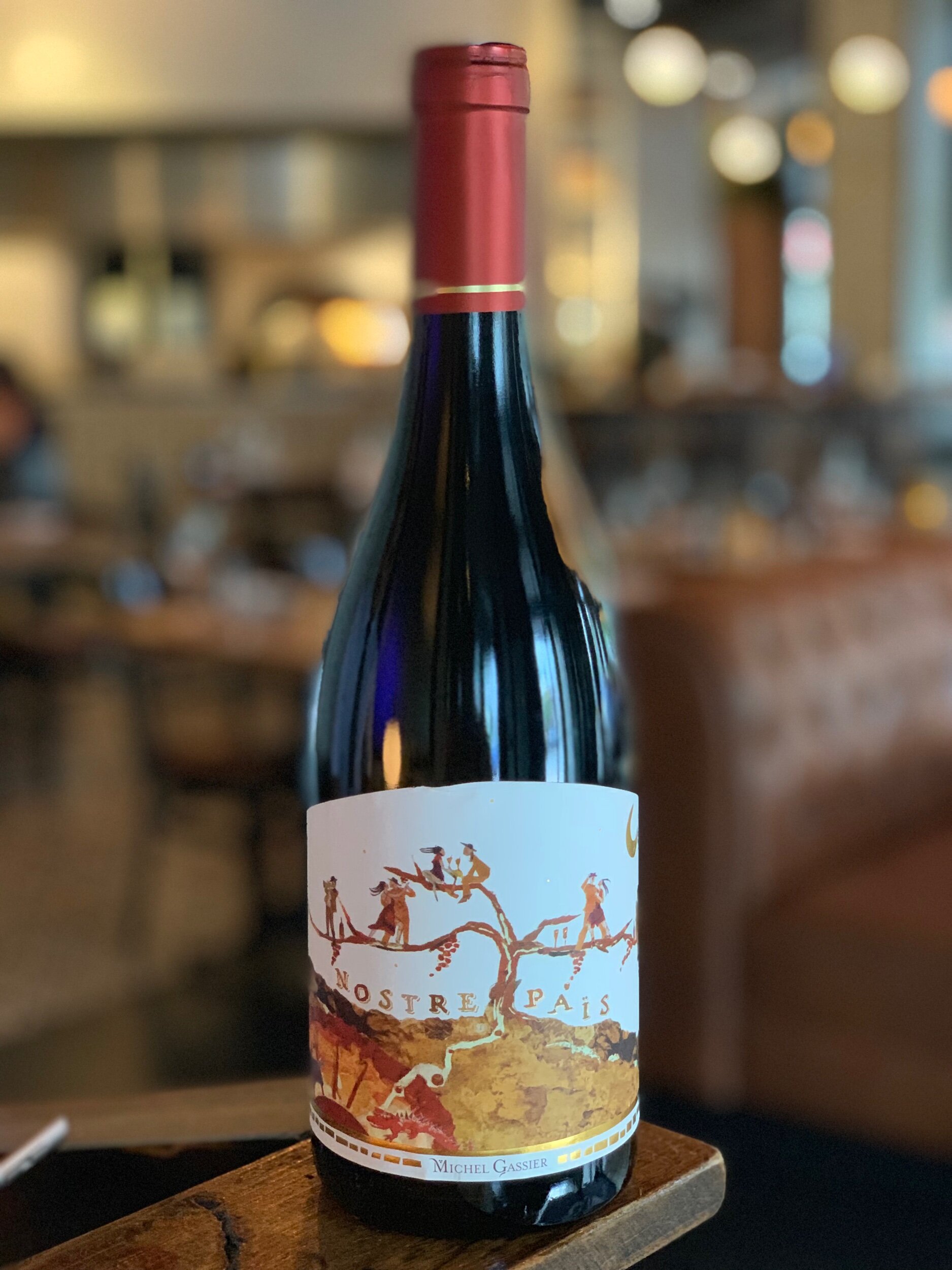
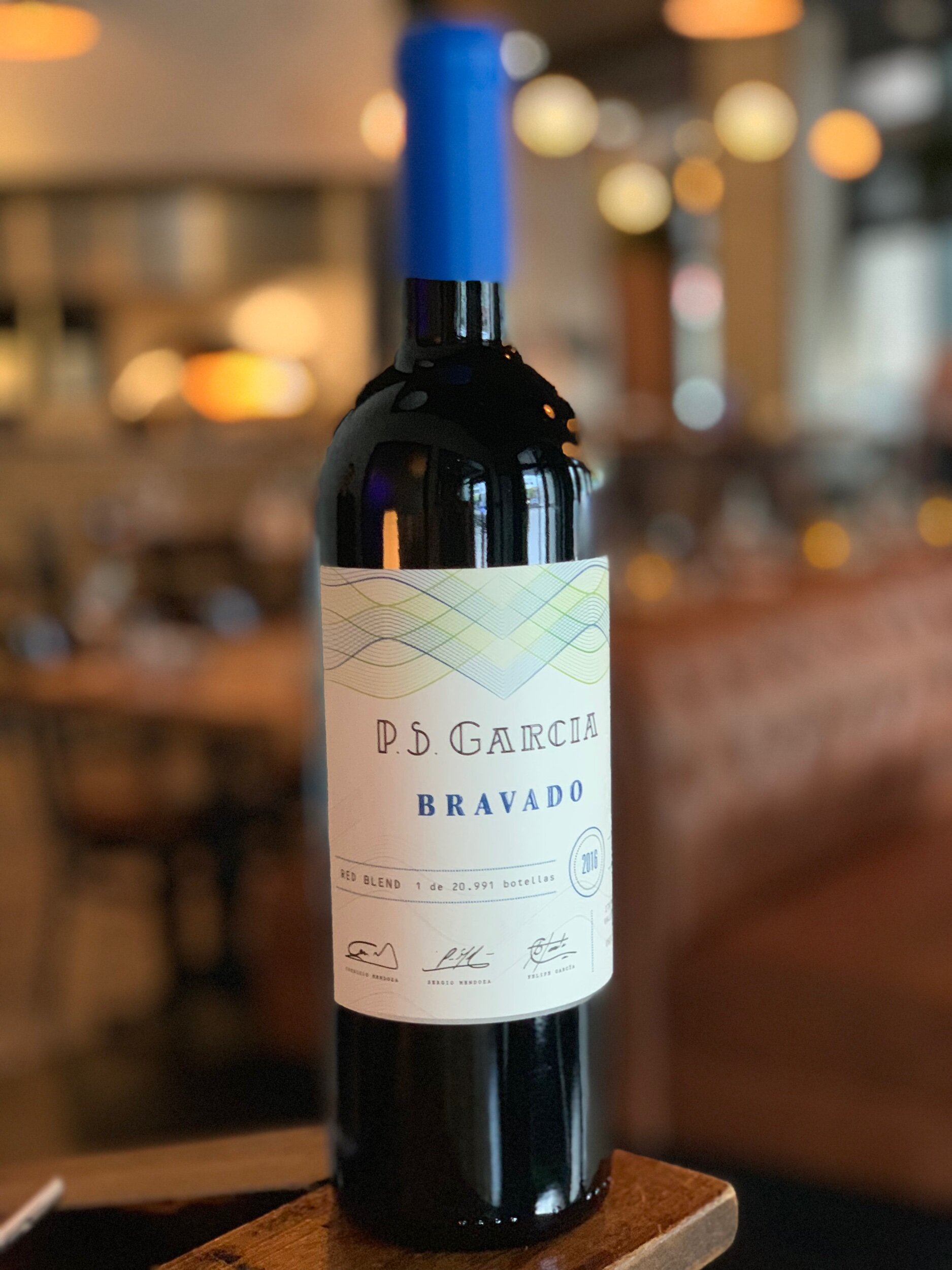
I grew up in Monterey, California and while I miss the consistency of Northern California weather, there is something to be said about experiencing the four seasons. During the summer months I’m carefree in my cotton dresses and sandals and want to eat and drink things that are equally as light and fresh but as the barometric pressure begins to fall, my cravings change. The shift to cooler weather and shorter days propels me to seek the comfort of fuzzy sweaters, fuller-bodied wines and hearty comfort foods. The Summer of White Claw has now come to a close and on that note, I offer you my list of wines to enjoy for the Fall of Pumpkin Spice.
DOMAINE CAMILLE BRAUN, CREMANT D’ALSACE $25 - affordable enough for a casual gathering but chic enough for a sophisticated dinner party.
“Crémant” is the French term for traditional-method sparkling wines made outside Champagne. Examples include Crémant d’Bourgogne, Crémant d’Jura, Crémant de Bordeaux and — the most popular — Crémant d’Alsace. Winemakers in Alsace may use any combination of Pinot Blanc, Auxerrois, Pinot Gris, Riesling, Chardonnay and Pinot Noir but by law the secondary fermentation must take place in the bottle (as in Champagne) followed by a minimum aging period of at least 9 months on the lees. All of this combines to make Crémant d’Alsace a value priced alternative to Champagne. The Braun Family can trace their roots in Alsace back to 1523, and have been making wine since 1902. The estate switched to biodynamic farming in 2005 and are certified organic and biodynamic by Demeter. This is a blend of 70% Pinot Blanc, 30% Auxerrois, aged 18-24 months on the lees. It over-delivers for the price with aromas of tart green apples, freshly baked brioche and lemon peel.
CLETO CHIARLI, VECCHIA MODENA, LAMBRUSCO DI SORBARA, EMILIA-ROMAGNA, ITALY 2018 $18 Yes Lambrusco, but not that Lambrusco.
I know what you’re thinking, Lambrusco? Isn’t that the fizzy sweet red stuff my parents used to drink? This is indeed slightly fizzy and red but it’s not that kind of Lambrusco. Traditional Lambrusco made in a more serious style is making a comeback with the best being secco (dry) or semi-secco (slightly sweet). There are about ten different grape varieties used but the four to know are Lambrusco Maestri, Lambrusco Grasparossa, Lambrusco Salamino and Lambrusco di Sorbara — the lightest, most floral, delicate and aromatic of the bunch. Lambrusco is an ideal accompaniment to charcuterie and cheese, no surprise considering nearby Parma is world-renowned for their ham and cheese. Cleto Chiarli has been producing wines in the area for over 150 years and they are masters of Lambrusco. The Vecchia Modena is their premium offering made from 100% Lambrusco di Sorbara. Pale red in color with notes of watermelons, orange peel and tart tangy cherries. October in Chicago can be absolutely beautiful and I can’t think of a better way to savor these last few days of patio dining with an easy dinner of salumi, olives, hard cheese, good bread and a bottle of fun and fizzy Lambrusco.
DOMITIA, PICPOUL DE PINET, LANGUEDOC-ROUSSILLON, FRANCE 2018 $15 New Rules: You can eat oysters year-round but pair them with Picpoul de Pinet.
I can’t recall the name of the chef who told me to eat oysters only in months that end in “R” but at the time it seemed like solid advice. Oysters breed during the summer months and aren’t as tasty. Additionally, with warmer weather there’s an increased risk of algae and food poisoning but modern oyster farming methods have changed much of this and we can now eat decent oysters safely year-round. With that being said, many experts still agree that oysters do taste better during the cooler months with northern oysters hitting their stride during the fall. This is where Picpoul de Pinet comes in, a wine that is fun to say and drink! Picpoul hails from the Southwest of France and translates to “lip stinger”, a reference to its zippy acidity. Delicately crisp and refreshing with notes of green apples and lemon zest, it is often paired with the region’s local seafood such as mussels, clams and oysters. If you need to reboot your white wine game give Picpoul a try!
QUINTA DO AMEAL, ESCOLHA BRANCO, MINHO, PORTUGAL 2017 $26 A barrel aged white is like a fuzzy fall sweater.
Drink how you dress: cotton linen and clean whites for the summer and cashmere and fuller bodied white wines for the fall. Makes sense, right? I could have easily selected a good fall white wine from a plethora of buttery Chards but doing so would be a little too predictable and what fun would that be? I’m on a huge Portgual kick right now and while Vinho Verde is an optimal wine for summer drinking, this barrel fermented Loureiro is the ticket for fall. Pedro Araujo is the genius behind Quinta do Ameal, an estate devoted solely to the production of the Loureiro grape. Pedro’s grandfather was the founder of the famed Ramos Pinto port house but it was always the dream of Pedro’s father to purchase the special plot of land where Quinta do Ameal is now located just north of Porto in the Vinho Verde region. Pedro makes a more traditional Vinho Verde but the Escholha is his experimentation with Loureiro fermented and aged in older oak barrels for six months. The result is a complex wine that is rich in texture but also fresh and lively in aromas and flavors. The riper fruit flavors and slight oxidative notes make an ideal pairing for butternut squash dishes, especially butternut squash risotto or butternut squash ravioli with browned butter and sage — doesn’t get more autumnal than that!
CHATEAU THIVIN, BEAUJOLAIS ROSE, FRANCE 2018 $22 - Rose is the new Nouveau
Beaujolais Nouveau hits the shelves six to eight weeks after the harvest but by law no sooner than November 15th when it is officially released with much fan fare to the world. November 16th also happens to mark the anniversary of one of the worst hangovers of my life after I spent an evening celebrating with a little too much Nouveau. I don’t know if it’s the aromas of fermenting bananas and bubble gum but Beaujolais Nouveau gives me a massive headache and there’s no headache like a Nouveau headache (like the kind where you can’t see square edges for three days). I’m guessing because of the release of Beaujolais Nouveau being so close to Thanksgiving is the reason why it has become the “go-to” pairing for turkey. The pairing does have some merit. Gamay is lighter in tannins and the fruit forward notes pair well with sweeter sides but I much prefer a Cru Beaujolais or even Beaujolais-Villages — headache reasons not withstanding. I’m also on a mission to drink rose beyond the summer months and thought why not go with a wine that combines the best of both worlds. You can have your rose and turkey to boot! Only 2% of Beaujolais production is rose which makes the Chateau Thivin a rare offering. Sourced from Brouilly, this pale pink rose is dry with notes of dried cherries, rose petals, orange peel and white pepper. Have it with the turkey or better yet enjoy it while you’re cooking the turkey.
MAISON YVES CHALEY, LES ROUSSELOTS, HAUTES-COTES DE NUITS ROUGE 2017 $22 - Affordable Burgundy doesn’t have to be an oxymoron
You don’t have to be an economics genius to figure out why Burgundy is so expensive - the production is limited and a lot of people want to drink it, it’s simple supply vs. demand theory. I often get asked if the price of Burgundy is worth it and the answer is yes and no. A good bottle of Burgundy can be elusive but when it hits right, it’s worth the experience of a hundred others. You really have to know what you’re doing when you’re at that Grand and Premier Cru level but there are bright rays of affordable sunshine in the peripheral regions such as Cotes Chalonnaise, Macon and the Hautes-Cotes de Nuits. Even Aubert de Villaine, the legendary owner of Domaine de la Romanée-Conti produces a rare bottling from the latter, known as the phantom third white wine from DRC. Yves Chaley is located adjacent to Aubert de Villaine’s property in the village of Curtil-Vergy (population 84) and has been bottling wines since 1981 with plantings going back to the 1920’s. Les Rousselots means ‘good spot for the red’ and the nose on this wine can be mistaken for Vosne-Romanee (located about 5 miles away). It’s a delicious bottle of Pinot Noir period — especially for under $25. Aromas of crushed purple flowers, fresh cherries, earthy mushrooms, dried leaves and spicy cloves. It’s the kind of red you want to enjoy sitting next to a crackling fire with a good book.
MASCIARELLI, MONTEPULCIANO D’ABRUZZO, ITALY $12 - Introducing your new “house red”
Prior to moving to Chicago, I worked at a retail wine shop in Carmel, California. Our most requested wines were never the highly collectable bottles but rather wines customers could purchase by the case for everyday enjoyment. My colleagues and I created a special section labeled ‘house wines’ and we were always on the hunt for easy-drinking wines under $15 that fit this category. The best values were to be found in Spain, Chile, Argentina and Southern Italy. I found this Montepulciano from Abruzzo about a year ago and have been pouring it at Terra and Vine ever since. Our customers love it and it goes with everything from salumi, pizza and pastas to grilled chicken and steak. Marina Cvetic took over Masciarelli after the passing of her husband, Gianni Masciarelli in 2008. She has worked diligently to modernize the operations and is convinced the workhorse grapes of Abruzzo (Montepulciano and Trebbiano) can be made in a style to rival the pantheon of wines from Tuscany and Piedmont. Masciarelli produces a range of wines in varying price points but this is their entry-level Montepulciano and it’s a delightful bottle for under $12. You can buy it by the case (they also offer it in magnums) and have it as your nightly glass of red to enjoy with pizza, pasta marinara or grilled chicken and veggies — it’s simple, straightforward and easy-to-drink.
CUNE, VINA REAL, RIOJA RESERVA, SPAIN 2012/2014 $22 - Rioja, the official wine for the Instant Pot
My Instant Pot has changed my life! I make everything in it but I love how it turns out decadent stews and braised meat dishes that taste like I spent all day in the kitchen. As the weather cools, I start craving these heartier comfort foods and Rioja is the perfect wine to drink with them. There are different aging requirements for Rioja: Crianza (2 years with 1 year in barrel), Reserva (3 years with at least 1 year in barrel and 6 months in bottle) and Gran Reserva (5 years with at least 2 years in barrels and 2 years in bottle). The longer the wines spends aging, the more it takes on aromas of sweet tobacco, leather, dried leaves, desiccated fruits, vanilla, coconut and dill. Reserva for me is the sweet spot - young enough to provide fresh structure and black fruits but aged enough to get those autumn aromas. I put two vintages up here as I’m not sure what you might be able to find in your local market. Both the 2012 and 2014 are made from a blend of 90% Tempranillo 10% Garnacha, Graciano and Mazuelo and spent 22 months in barrels but the 2012 is from a drought-affected vintage therefore a little more concentrated in style. I adore this wine with anything braised or stewed - be it Italian, French, Indian, Moroccan or even good ‘old American pot roast. For a real treat, serve it with lamb, the classic pairing for Rioja.
MICHEL GASSIER, NOSTRE PAIS, COSTIERES DE NIMES ROUGE 2014 $20 - When in Rhone
If I had to pick just one region in France to drink for the rest of my life, it would be the Rhone. Many would argue for Burgundy but I need more diversity beyond just Pinot Noir and Chardonnay and with more than 30 different grape varieties and a range of styles to choose from, you would never grow tired with the wines from the Rhone. Costières de Nîmes is located just southwest of Avignon (the heart of Chateauneuf-du-Pape country) and is considered the southernmost extension of the Rhone Valley. Vineyard soils in Costières de Nîmes resemble the famous galet pebbles of Chateauneuf-du-Pape, but with a significant difference in climate. Located less than 10 miles from the Mediterranean, the ocean breeze and cooler temperatures provide wines with fresher acidity and lower alcohol levels. Michel Gassier’s family has been growing grapes and making wine in the Costieres de Nîmes for four generations. He is a fervent protector of the land and believes in organic and biodynamic farming methods along with promoting the diversity and uniqueness of local grapes. Nostre Païs, “Our Land”, is Michel Gassier’s attempt at capturing what makes the Costières de Nîmes unique in the Rhône valley. The Rouge is made from a blend of 35% Grenache, 25% Carignan, 20% Syrah and the rest Mourvèdre and Cinsault. Notes of blackberries, boysenberries, black pepper, smoked plums and savory herbs — it will give pricier wines from the Rhone a run for their money.
P.S. GARCIA, BRAVADO, RED BLEND, ITATA VALLEY, CHILE 2016 $19 - Meet the New Chile
I will admit I was not always the biggest fan of the wines from Chile. Sure, they were cheap but they often tasted like green bell peppers. I took a trip to Chile about ten years ago to get to the bottom of my dislike and I changed my mind somewhat. I went back to Chile this past November and I’m more excited about their wines than ever. They have made significant strides in matching grapes to their proper climates in particular Pinot Noir and Sauvignon Blanc along the coast, Carmenere in warmer pockets of Apalta. They’re also doing some very promising work with Rhone varietals and old-vine dry farmed Carignan which I think represents the strongest potential of the new Chile. Wineries are pushing past the central winemaking zone and exploring regions such as San Antonio Valley, Maule, Curico and Itata Valley to the south. Itata Valley is actually one of the oldest wine-growing regions in Chile but there is renewed interest in the area as consumers crave fresher wines from cooler climates. The Bravado is made from a blend of 37% Syrah, 33% Carignan, 20% Grenache, 5% Mourvedre, 5% Petit Verdot. It’s a full-bodied red that shows the full-throttle potential of the New Chile. Aromas of black pepper, dark cherries, blueberries and spice. It’s still nice enough to grill outside during the fall months and this wine would be perfect with anything from the grill — steaks, burgers, barbecue meats, fish and veggies.
*Retail prices are approximate, please don’t get mad at the retail stores if they are not exactly as indicated here.
